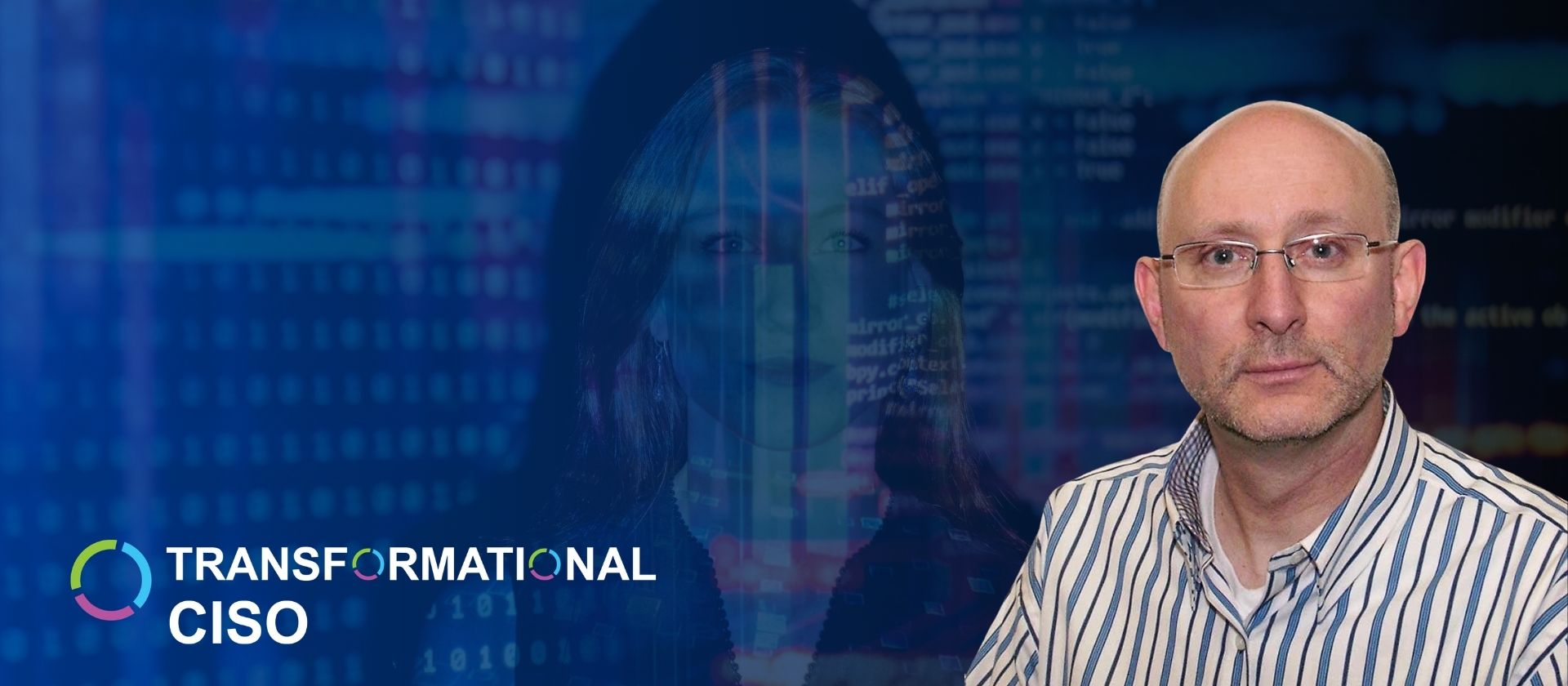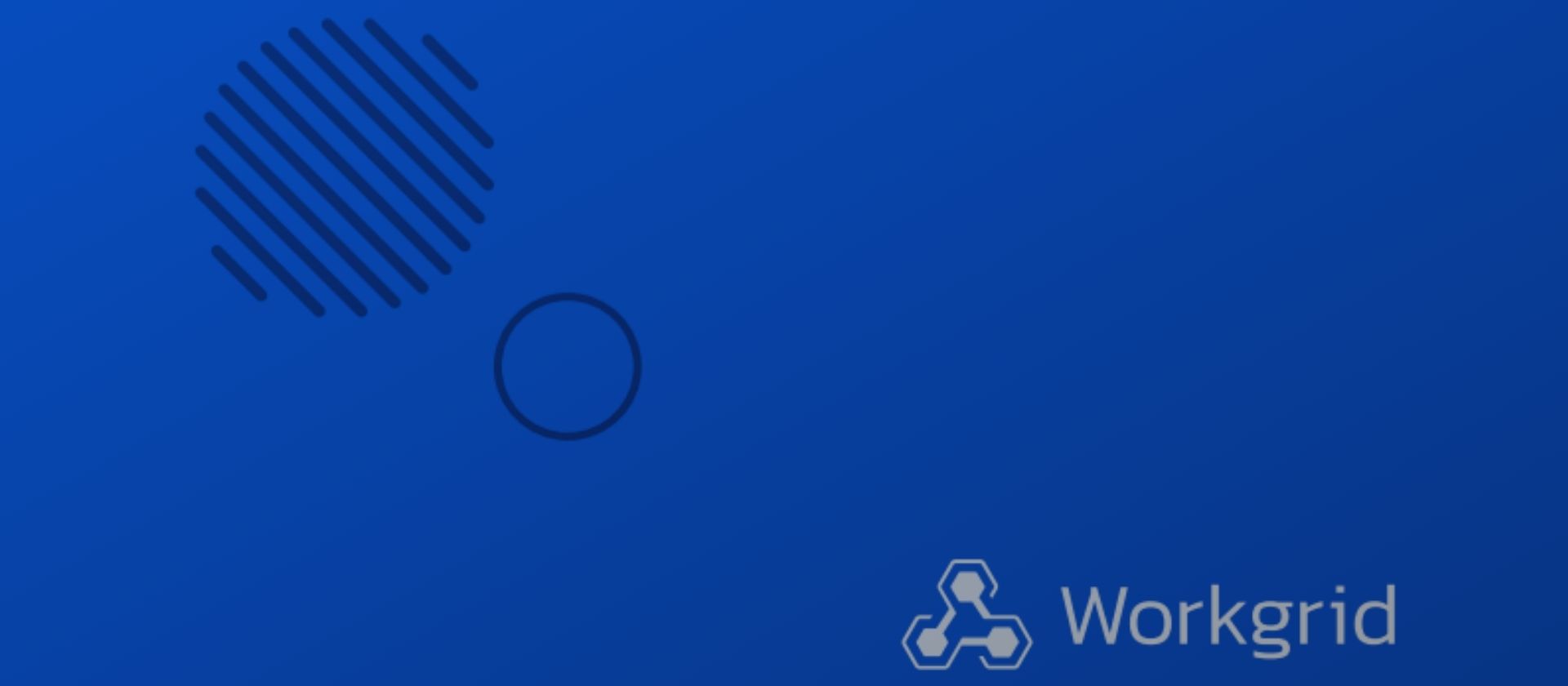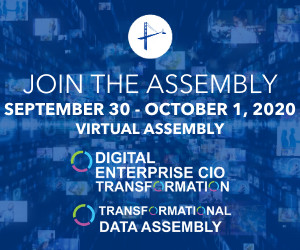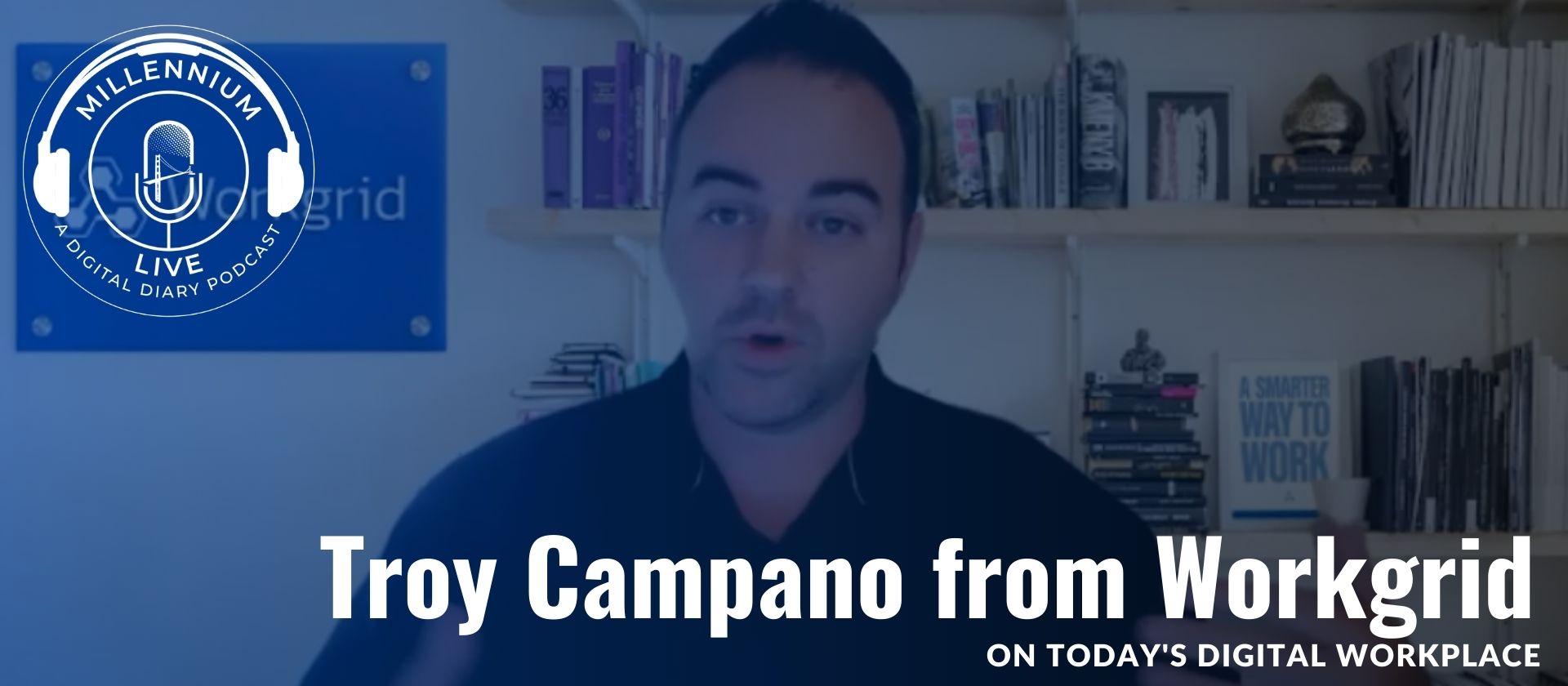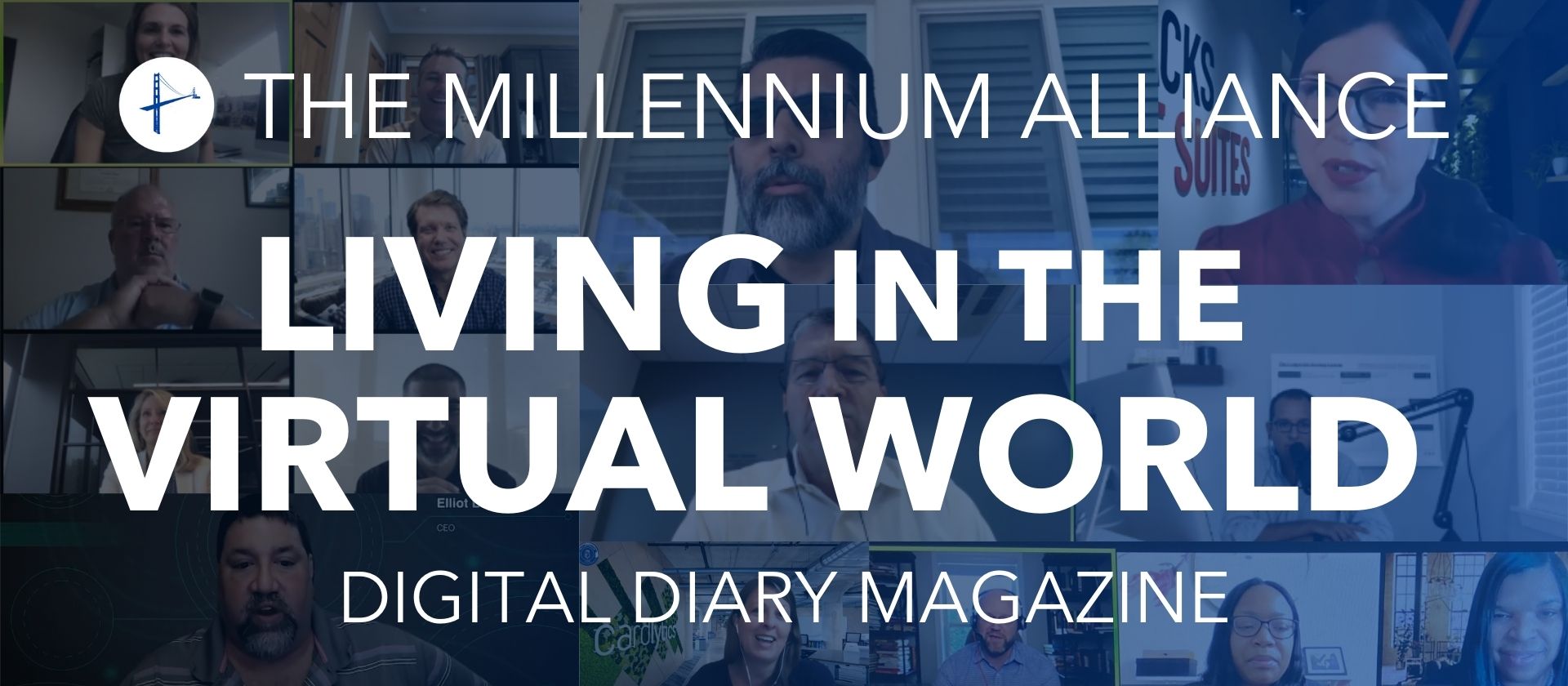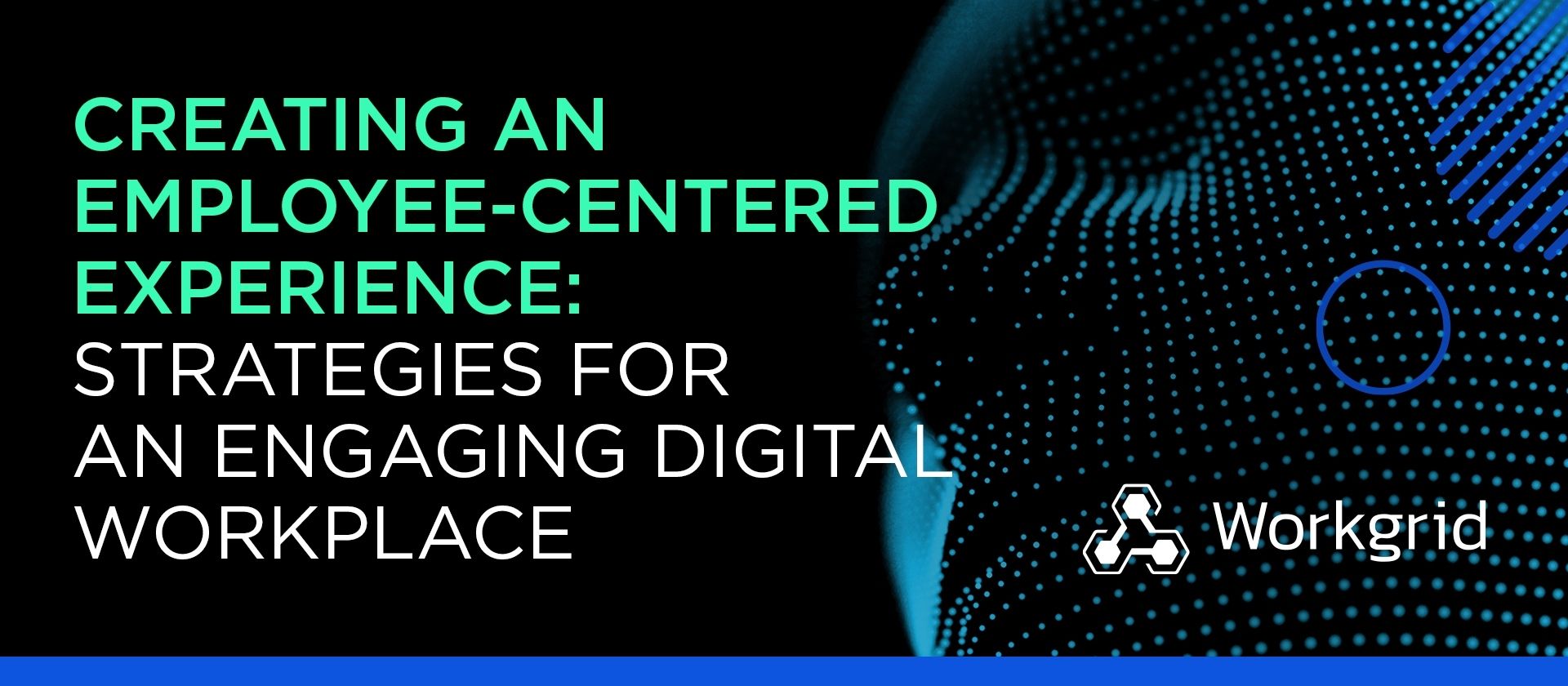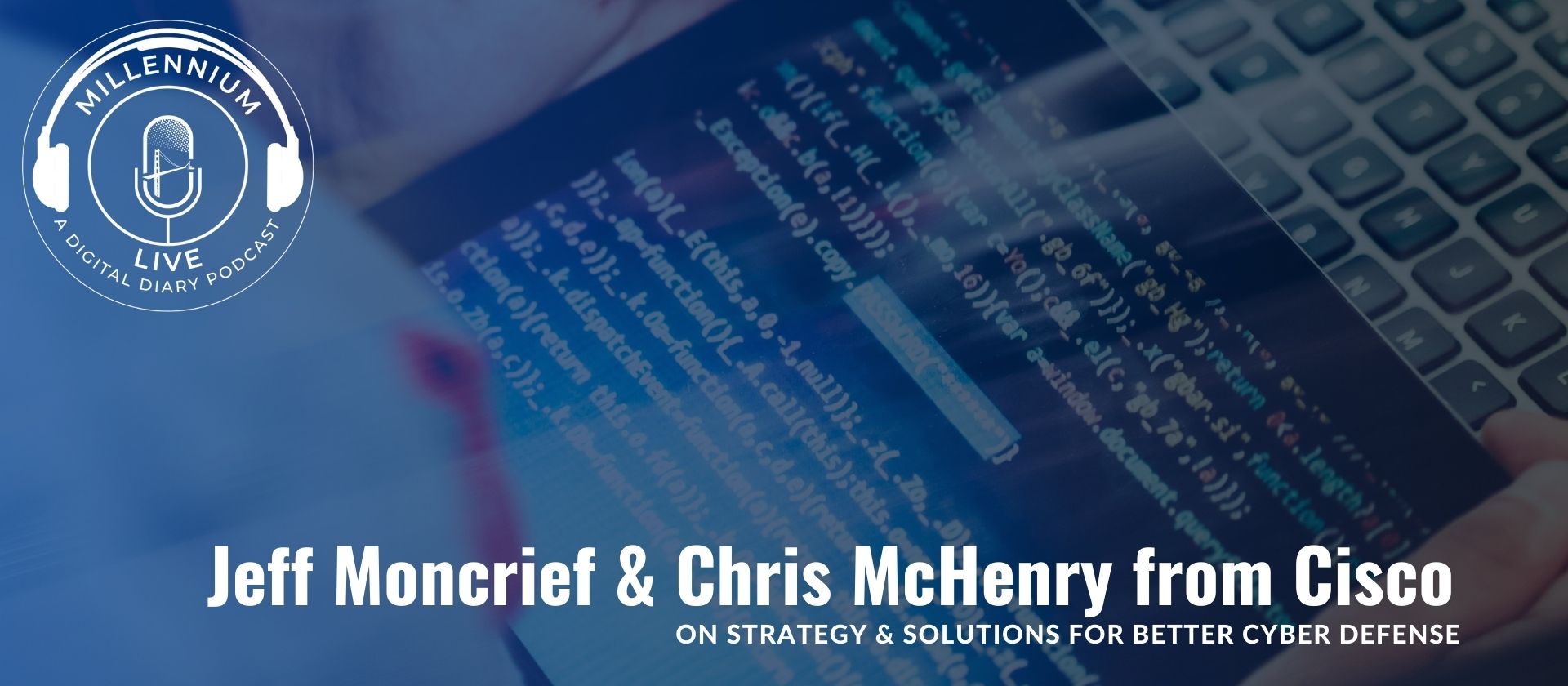As originally published by David Sable on Linkedin. Subscribe to the newsletter!
How do I know that disruption is dead? Check Google Trends.
On a global all-categories basis, the word “Ingenuity” is more searched than the word “Disruption.” But that’s not the story.
What’s fascinating to me, is that when looking at the “Business & Industrial” sector, “Disruption” far outpaces “Ingenuity.”
However, when you look at “People & Society,” “Ingenuity” is in the lead.
We are entering into an era where people and society might just take back the world…not in the faux purposeful jargon of financial markets way (Blackrock for example), but in a real, powerful and impactful way.
The challenges we face require more than the application of some singular end-goal piece of technology or app. Facebook, Amazon, Uber and faster pizza delivery are all great innovations (for some), but none of them solve for the X in society’s problems, particularly when the chips are down.
Think about the lack of ventilators during the early days of the COVID crisis. They were expensive and took a long time to manufacture. Ingenuity found ways to make cheaper ones that could be delivered quickly and efficiently. Same for the crisis of mask shortages. How about people locked up at home with their kids and the amazing projects they all concocted? It was all ingenuity. None of it disruptive.
Disruption is a word that is overused, misused…cliched, and frankly, in my opinion, boring.
My readers know that I have a long harbored the belief that we are so bedazzled by the very word, the sound of it (see Mel Brooks onomatopoetica), that unless it’s said multiple times in meetings, “we need disruption”…“we have to be disruptive”…“let’s disrupt the market”… “it’s not disruptive enough”…ad nauseam, we feel that we haven’t gotten our money’s worth.
The truth is, few ever get beyond the idiomatic exercise because they have no idea what to disrupt or are not sure what it really means. They want to be Amazon, Uber, and Airbnb rolled into one, but are so focused on these company’s so-called “disruption,” rather than their secret sauce—the real reason for their success—that most clients miss the forest for the trees.
I won’t go into a deep analysis as to what disruption actually means. That is for another day and another article entirely. But what I will say, is that the only disruption at play when applied to companies like Amazon and Uber has mostly been financial and regulatory. That is, these companies were not held accountable to the same quarterly earnings rigor their established competitors were anchored to, nor did they ever seem to worry about the rules, regulations and even laws that governed their respective industry categories.
Ask yourself—were buyers disrupted? How about riders? Vacationers? Maybe? Not a single one. Rather, their journey to purchase or service was made simpler. In other words, their achievement was not “disruption” but simplicity.
The way I articulate this phenomenon is as follows: disruption is companies talking about themselves—or investors talking about them—in order to increase their valuations…not about the company’s ability to solve any issues in a novel way.
Ingenuity is what we need more of. Amazon is not a company that is impressive because of its “disruption.” It’s a company that has excelled because of its ingenuity and should be studied for that alone. One current example demonstrating Amazon’s ingenuity is the company’s discussions with Simon Malls about buying their dead real estate, where Amazon would be able to build more fulfillment centers. Amazon has done this before, and so have others in the logistics business. It’s not a new idea, despite the hype, it’s just one makes sense and that further streamlines and simplifies their services. Here is my bet: Amazon will use the new spaces to build retail stores as well.
Amazon isn’t caught in some DIGIBABBLE time-warp that compels them to think in only digital terms (remember my motto, Digital is everything…but not everything is Digital). Amazon opens stores when others pontificate. They create products while others opine. They focus on customers while others abandon them.
Amazon wins through ingenuity in my book. Think about that next time you or your clients want to “disrupt” like them.
I could go on and on, and I have written about this in the past, citing the incredible ingenuity in developing countries, where the things we take for granted like lightning fast WIFI don’t exist. And yet, we can have an impact on disease control, for example, even without the kind of connectivity and smart phone infrastructure we have in the West.
Bottom line, while I sit here writing this, I’m seeing reports that Russia claims to have already created a vaccine for Coronavirus. And as I watch the global financial markets react upwards, I am concerned that we are truly losing our perspective and ability to focus on anything beyond politics and finance. But we can only focus on those concepts once we have a grasp on the fundamentals. And right now, we don’t.
I am a believer in people…nothing more, nothing less. The best VC’s will tell you that they invest in people not just their ideas. INGENUITY…Listen:
“Who indeed will set bounds to human ingenuity?” –Galileo
Who indeed?
Disrupt or solve problems? History, in my view, will be on the side of humanity. What do you think?

